Table of Contents
Introduction to Mild Chili Peppers
Mild chili peppers are the perfect introduction to spicy cooking for beginners and a versatile flavor enhancer for experienced cooks. Unlike extremely hot peppers that overwhelm dishes, mild chili peppers deliver subtle heat and rich flavor without causing discomfort. Whether you're making salsa, sauces, or simply want to add a gentle kick to your meals, mild chili peppers are an essential ingredient that anyone can enjoy.
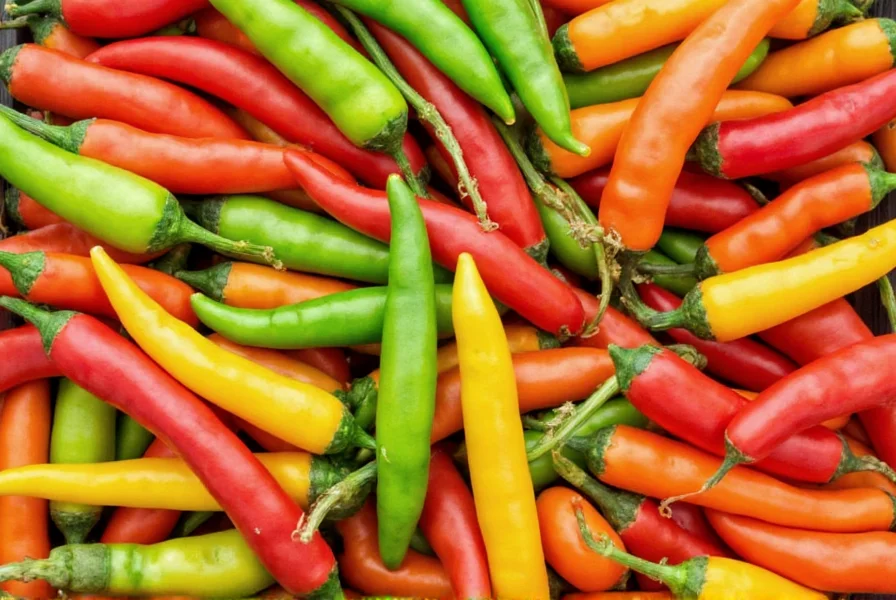
Understanding Spice Levels
The Scoville scale measures the heat level of chili peppers, with mild peppers typically ranging from 100 to 3,000 Scoville Heat Units (SHU). This range provides just enough warmth to enhance flavors without overwhelming the palate.
| Pepper Type | Scoville Range (SHU) | Heat Level |
|---|---|---|
| Jalapeño | 2,500 - 8,000 | Mild to Medium |
| Poblano | 1,000 - 1,500 | Mild |
| Anaheim | 1,000 - 2,500 | Mild |
| Serrano | 5,000 - 15,000 | Medium |
| Carolina Reaper | 1,400,000+ | Extremely Hot |
As shown in the table above, mild chili peppers like Poblano and Anaheim fall at the lower end of the Scoville scale, making them ideal for those who want flavor without intense heat.
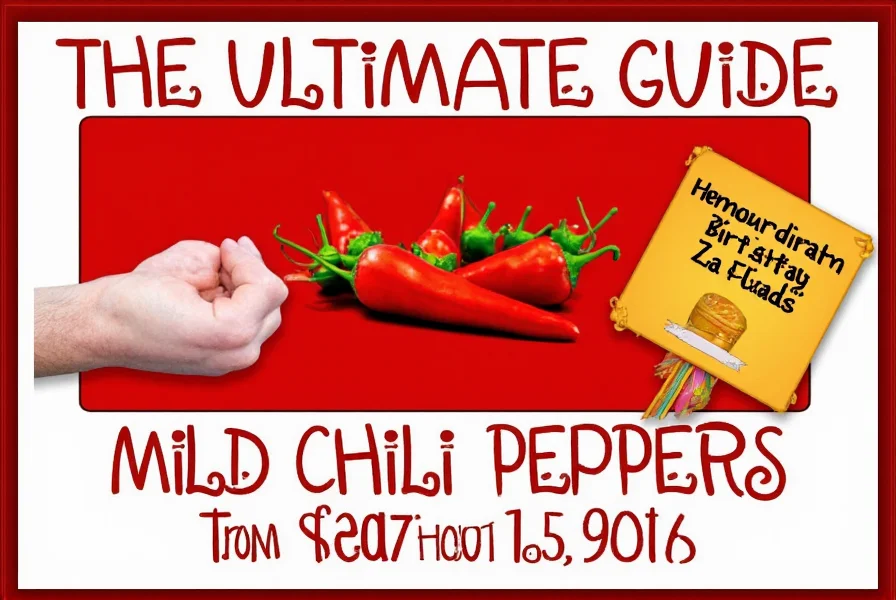
Popular Mild Chili Pepper Varieties
Several mild chili pepper varieties offer unique flavors and culinary uses:
- Jalapeño: The most popular mild pepper, with a bright green color and crisp texture. Perfect for salsas, nachos, and pickling.
- Poblano: Large, dark green peppers with a rich, earthy flavor. Ideal for stuffing or making chile rellenos.
- Anaheim: Mild with a slightly sweet taste, excellent for roasting and making green chile sauces.
- Cubanelle: Very mild with a sweet, bell pepper-like flavor. Great for frying or adding to salads.
- Peperoncino: Small Italian chili with gentle heat and fruity notes. Perfect for pasta dishes and oil infusions.
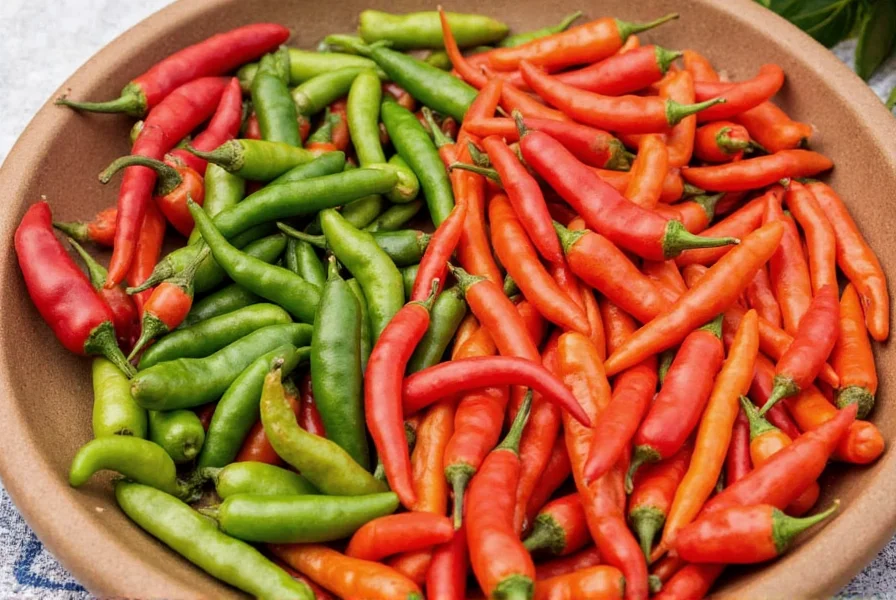
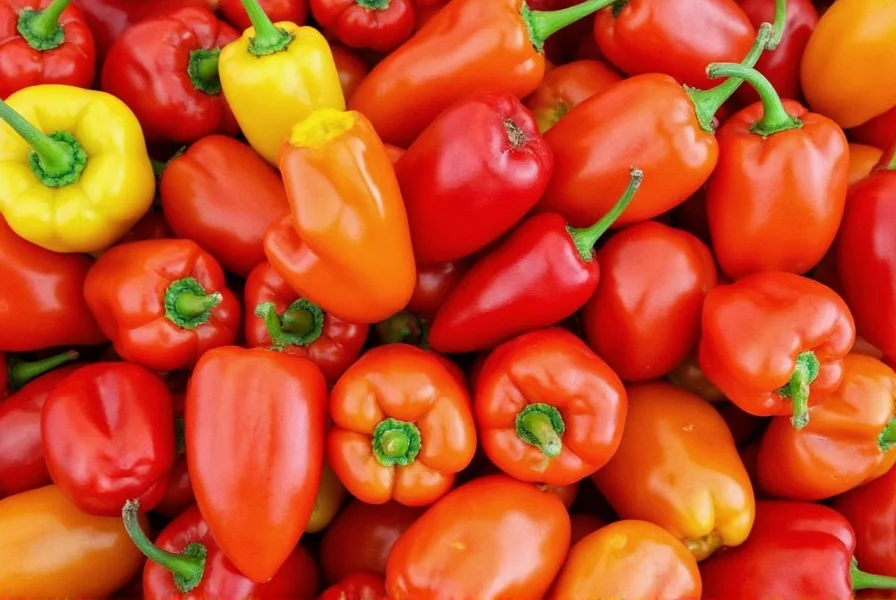
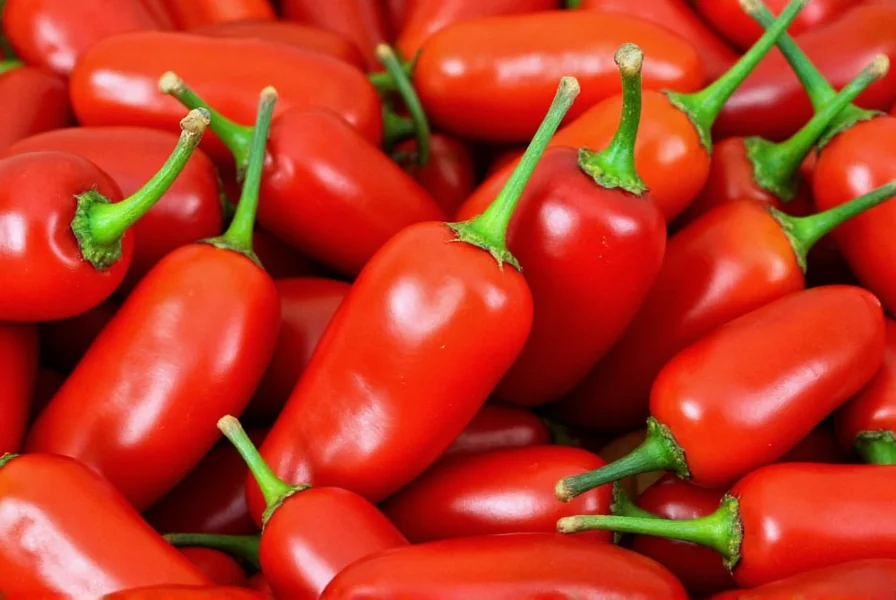
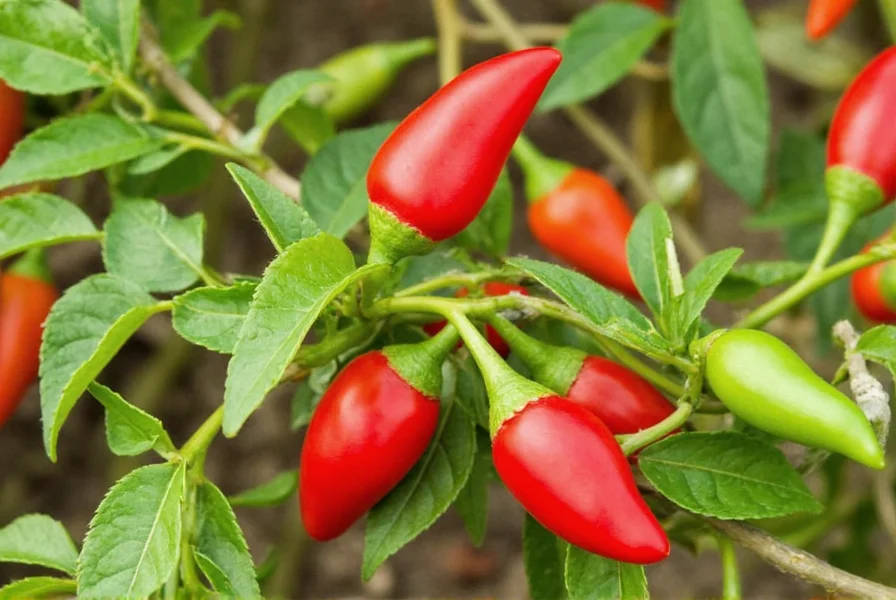
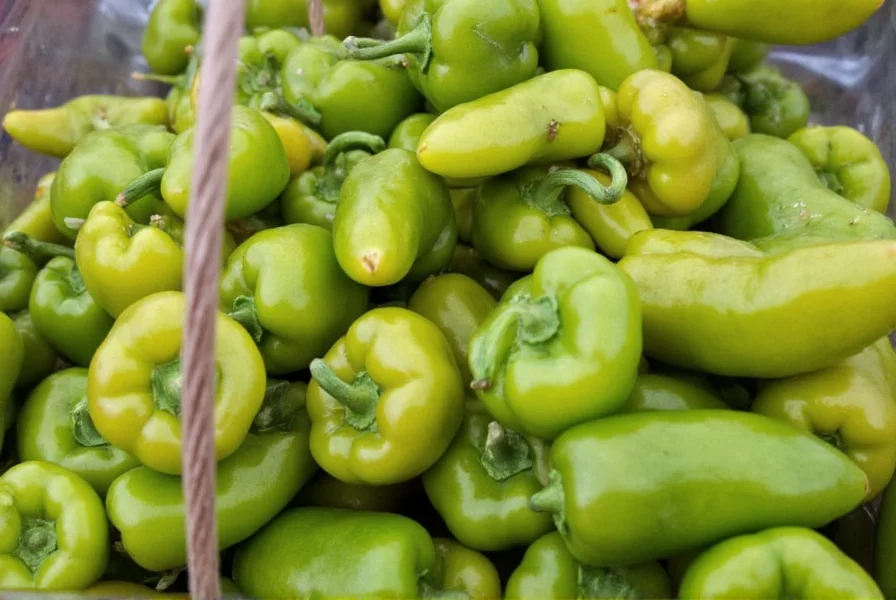
Cooking Tips with Mild Chili Peppers
Maximize the flavor of mild chili peppers with these practical tips:
- Remove seeds and membranes: The heat primarily comes from these parts, so removing them reduces spice while preserving flavor.
- Roast for depth: Roasting enhances natural sweetness and adds smoky notes. Place peppers directly on a gas burner or under the broiler until charred, then steam in a bag before peeling.
- Balance with acidity: Add lime juice, vinegar, or tomatoes to balance the heat and brighten flavors.
- Use fresh or dried: Fresh peppers work well in salsas and salads, while dried peppers are perfect for making powders, pastes, and seasoning blends.
- Pair with dairy: Yogurt, sour cream, or cheese can neutralize heat while complementing the pepper's flavor.
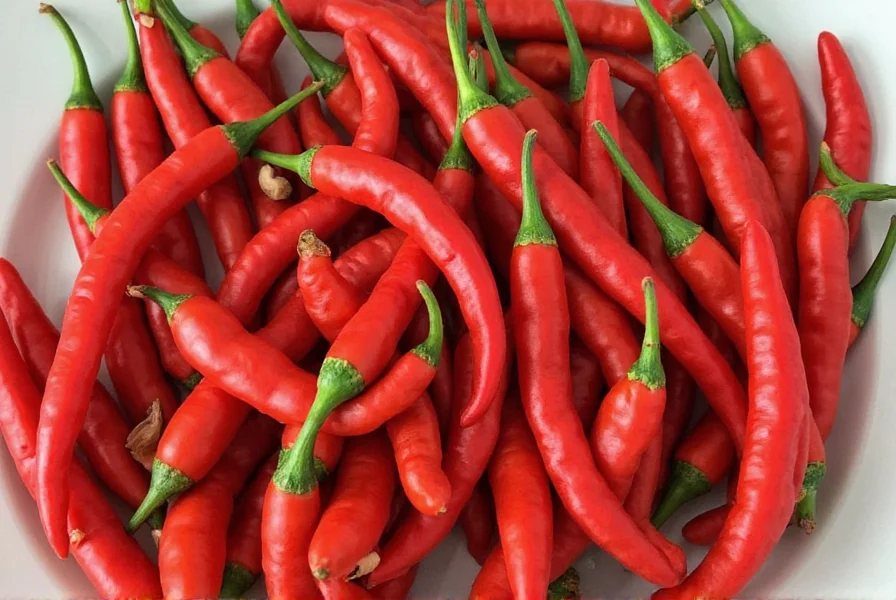
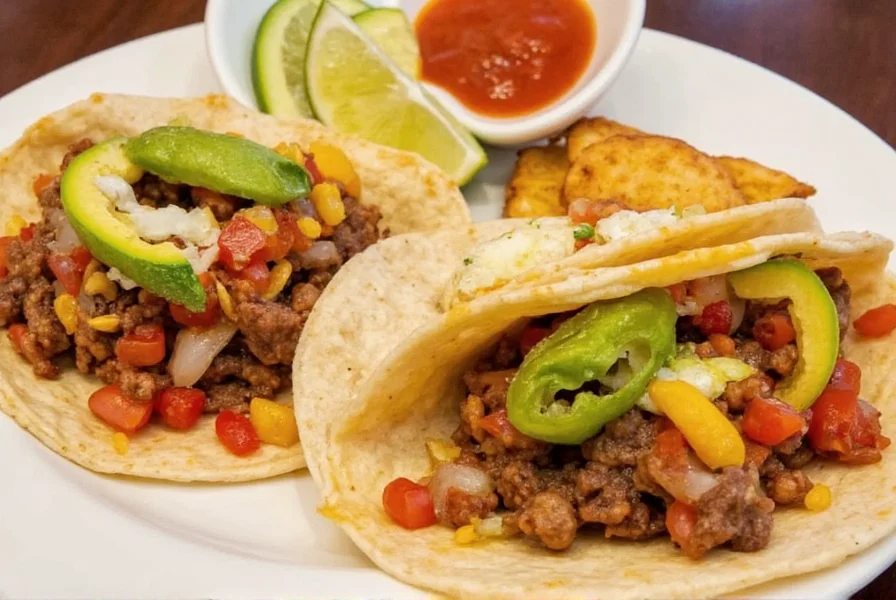
Buying Guide for Mild Chili Peppers
What to Look For When Buying
- Freshness indicators: Firm texture, smooth skin, vibrant color (green or red depending on variety), and crisp stems
- Storage considerations: Check for any soft spots, wrinkles, or discoloration which indicate aging
- Seasonality: Most mild peppers are available year-round but peak in summer and early fall
When to Choose Fresh vs. Dried
- Fresh: Best for immediate use in salsas, salads, stir-fries, and as garnishes
- Dried: Ideal for long-term storage, making chili powders, sauces, and seasoning blends
Who Should Use Mild Chili Peppers
- Beginner cooks: Gentle heat allows safe experimentation with spicy flavors
- Families with children: Safe option for introducing kids to spicy foods
- Health-conscious eaters: Rich in vitamins and antioxidants without overwhelming heat
- People with sensitive stomachs: Provides flavor without causing discomfort
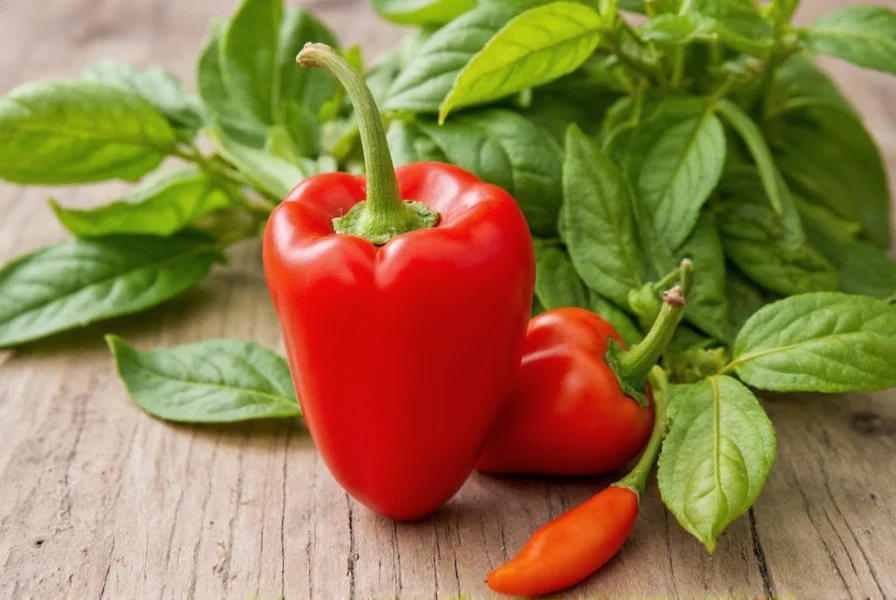
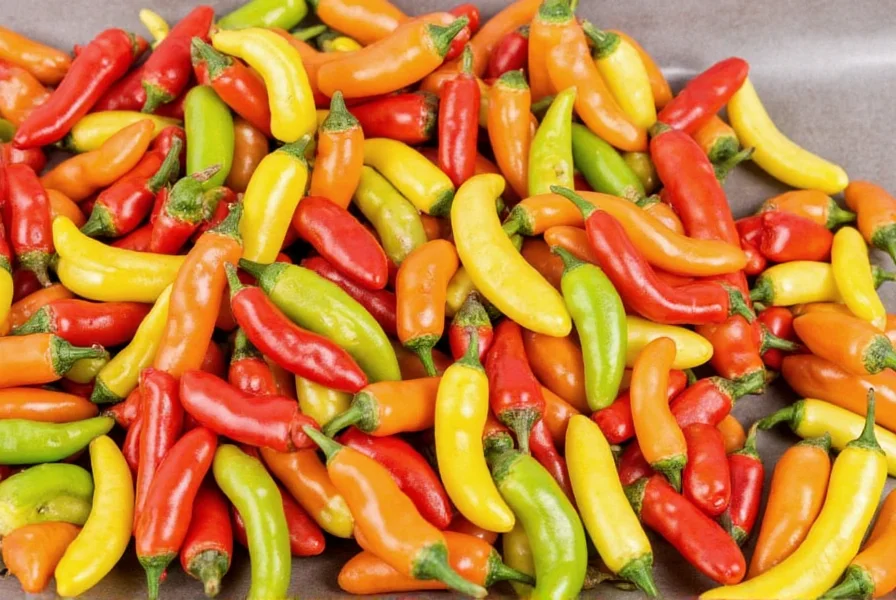
Fun Facts About Mild Chili Peppers
- Origin: Most mild chili peppers originated in Central and South America and were cultivated by indigenous peoples thousands of years ago.
- Heat source: Contrary to popular belief, the heat comes from capsaicin in the seeds and membranes, not the flesh itself.
- Health benefits: Rich in vitamin C (more than oranges), vitamin A, potassium, and antioxidants that support immune function and reduce inflammation.
- Cultural significance: In Mexican cuisine, mild peppers like Poblano are essential for traditional dishes like mole sauce, which is served at celebrations and special occasions.
- Global use: While mild peppers are popular in Mexican and Southwestern cuisine, they're also used in Italian, Caribbean, and Asian dishes for subtle heat and flavor.
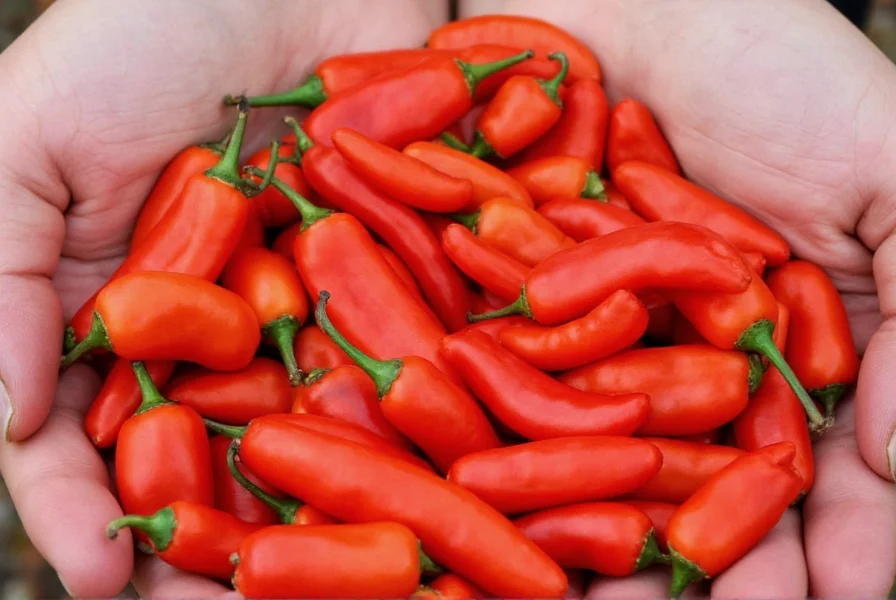
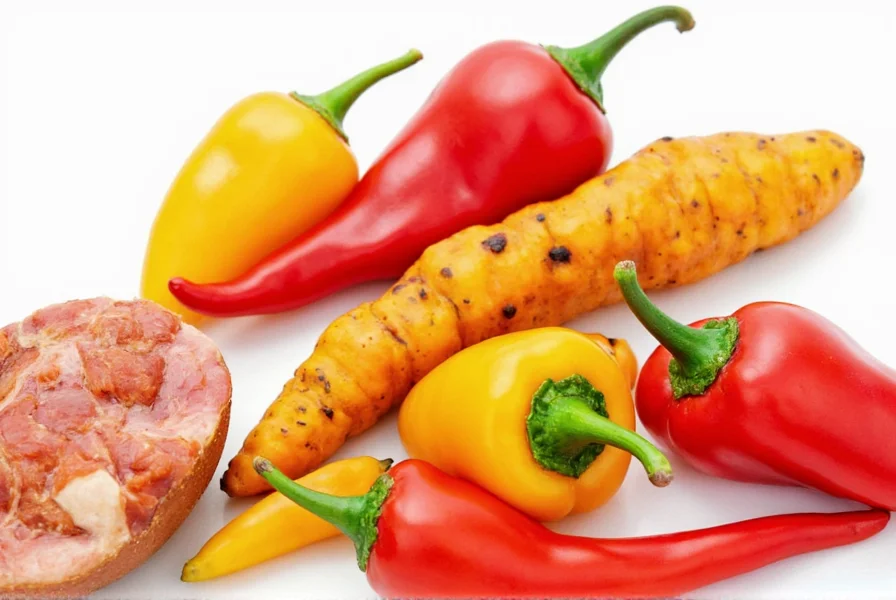
Frequently Asked Questions About Mild Chili Peppers
What makes a chili pepper "mild"?
A chili pepper is considered "mild" when it measures between 100-3,000 Scoville Heat Units (SHU). This level of heat provides flavor with just a gentle warmth that most people can enjoy without discomfort. The heat in chili peppers comes primarily from the capsaicin in the seeds and inner membranes, not the flesh itself.
Which mild chili peppers are best for beginners?
For those new to cooking with chili peppers, poblano (1,000-1,500 SHU) and Anaheim (1,000-2,500 SHU) peppers are excellent starting points. They provide noticeable flavor with very gentle heat. Cubanelle peppers are even milder and slightly sweet, making them perfect for complete beginners.
How can I reduce the heat of mild chili peppers?
To reduce the heat of any chili pepper, remove the seeds and white membranes (placenta) where most of the capsaicin is concentrated. Wearing gloves while handling peppers can prevent accidental transfer of capsaicin to sensitive areas. You can also balance the heat by adding dairy products (like yogurt or sour cream) or acidic ingredients (like lime juice) to your dish.
How should I store mild chili peppers?
Fresh mild chili peppers can be stored in the refrigerator's crisper drawer for 1-2 weeks. For longer storage, you can freeze them whole or sliced for up to 6 months. Dried mild chili peppers should be kept in an airtight container in a cool, dark place where they'll last for 6-12 months while maintaining their flavor.
Are mild chili peppers healthy?
Yes, mild chili peppers are very healthy! They're rich in vitamin C (even more than citrus fruits), vitamin A, potassium, and antioxidants. The capsaicin they contain has been shown to boost metabolism, reduce inflammation, improve heart health, and may even have pain-relieving properties. Even mild varieties contain these beneficial compounds.
Can I substitute one mild chili pepper for another?
Generally yes, but keep in mind that each variety has its own unique flavor profile beyond just heat level. For example, poblano peppers have an earthy flavor, Anaheim peppers are slightly sweet, and Cubanelles are very sweet and mild. When substituting, consider the dish you're making - some recipes rely on specific flavor characteristics of certain peppers.
How do I know when mild chili peppers are ripe?
Ripe mild chili peppers will be firm with smooth, shiny skin. They should feel heavy for their size. Most varieties start green and ripen to red, though some stay green when ripe. Avoid peppers with wrinkles, soft spots, or discoloration. The stem should be green and fresh-looking, not dried out or brown.
Conclusion
Mild chili peppers are an essential ingredient for any kitchen, offering the perfect balance of flavor and gentle heat. Whether you're a beginner cook or an experienced chef, these versatile peppers can elevate your dishes without overwhelming your palate. With their numerous health benefits, diverse culinary applications, and wide availability, mild chili peppers deserve a place in your pantry.
Remember, the key to using mild chili peppers is to start small and adjust to your taste preferences. Experiment with different varieties to discover which flavors work best for your favorite dishes. And most importantly, have fun exploring the world of mild heat and flavor!
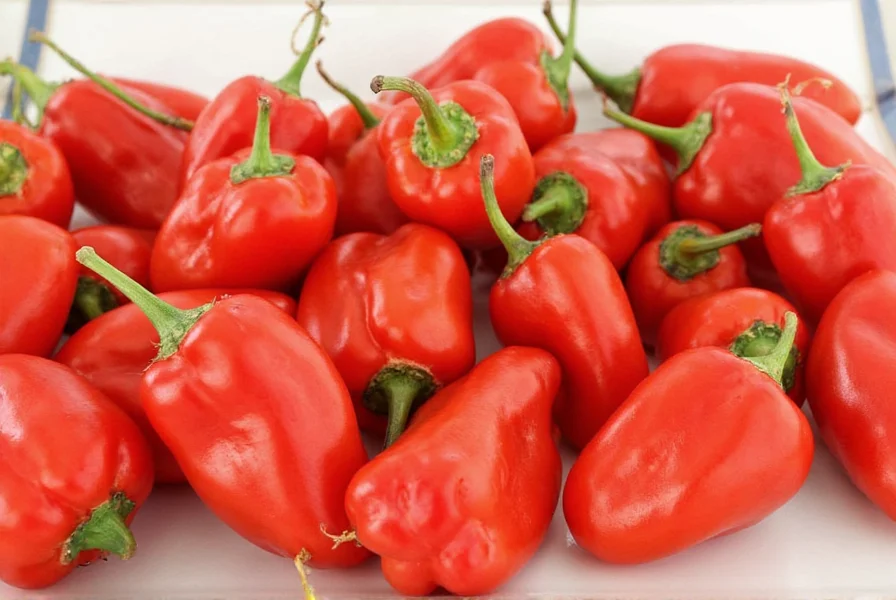
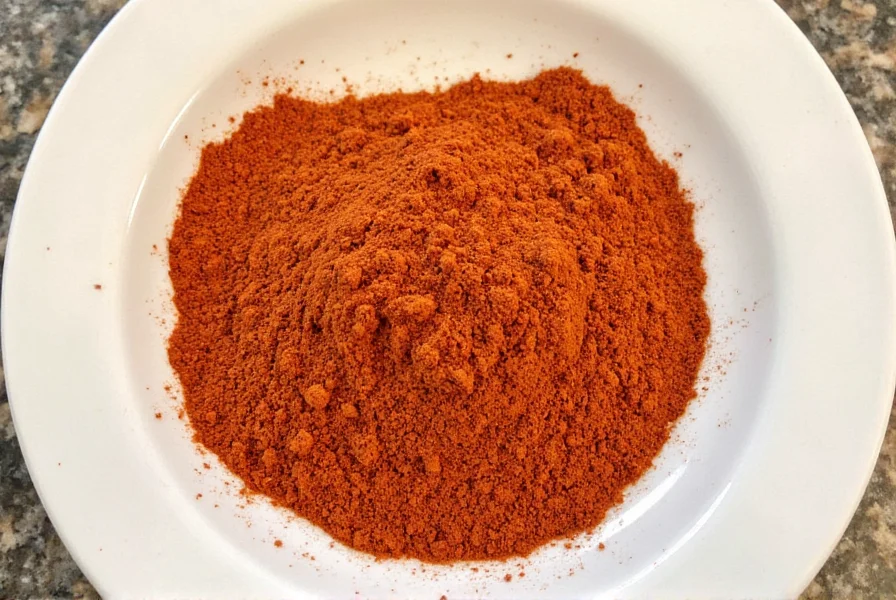

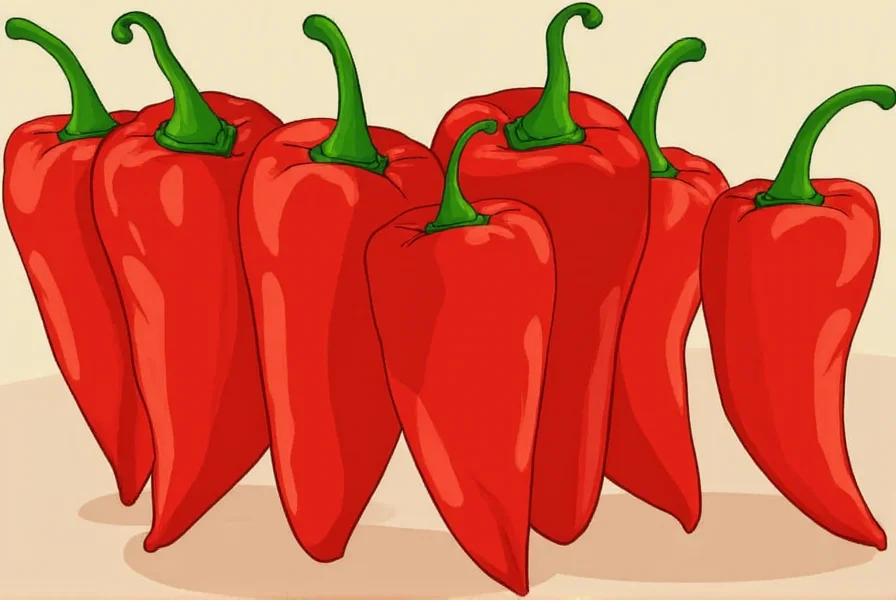









 浙公网安备
33010002000092号
浙公网安备
33010002000092号 浙B2-20120091-4
浙B2-20120091-4